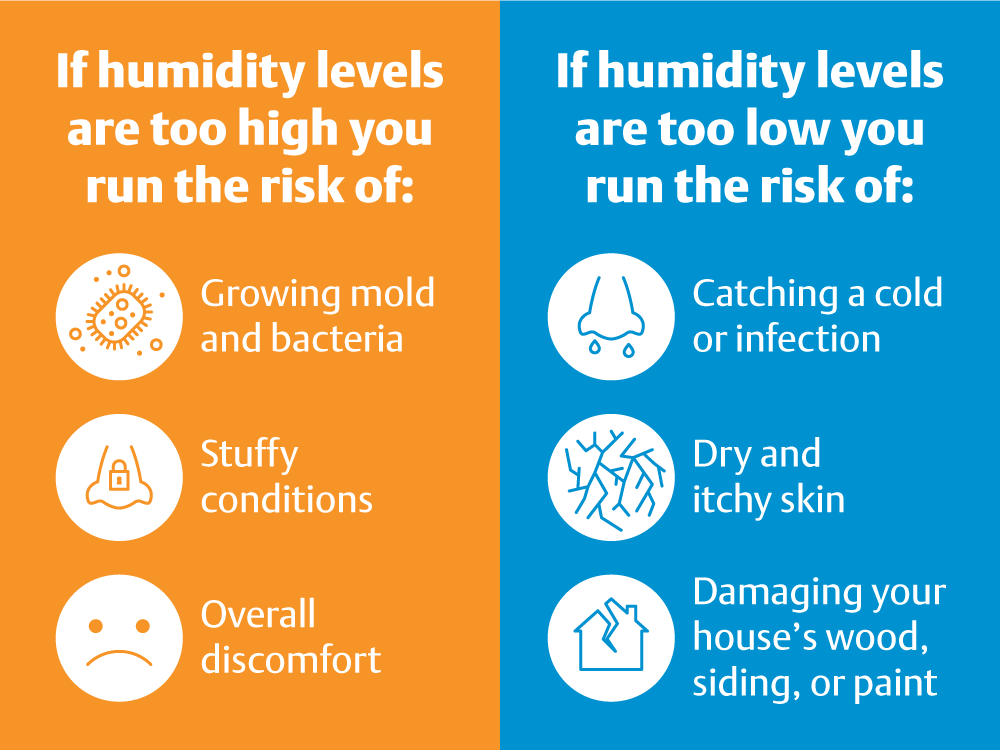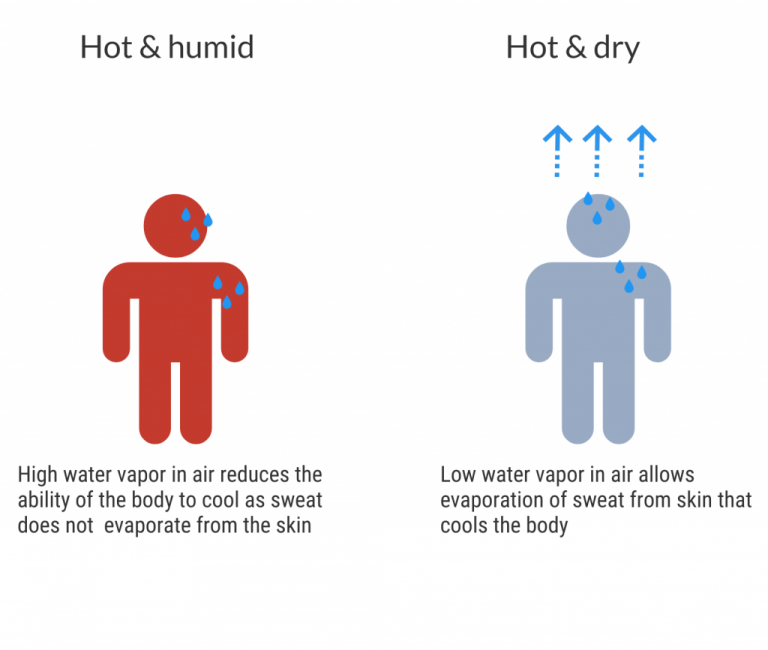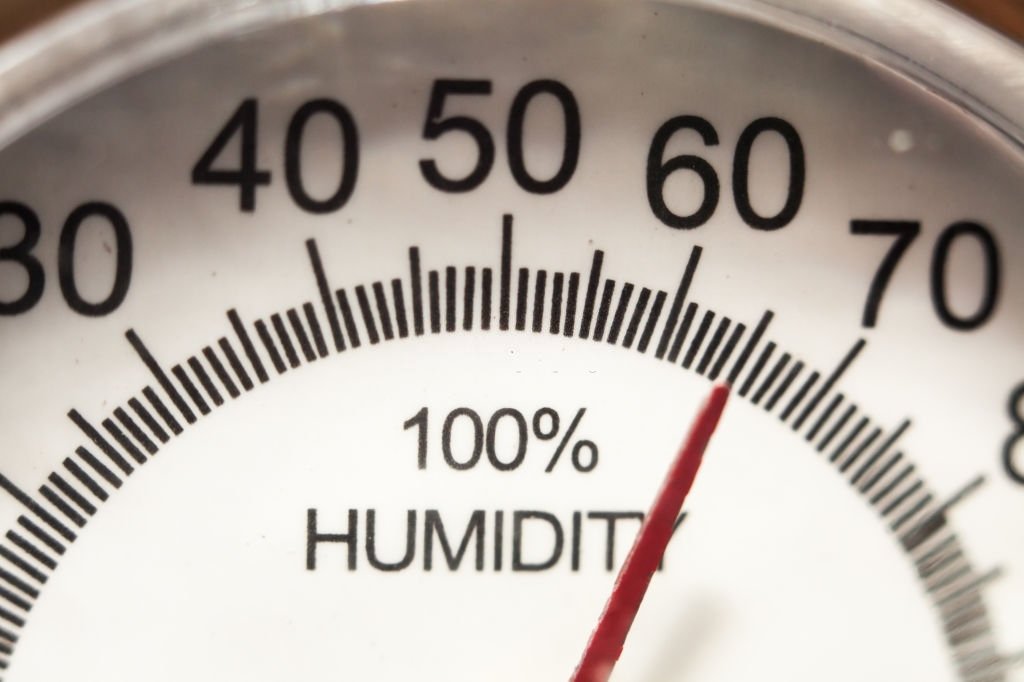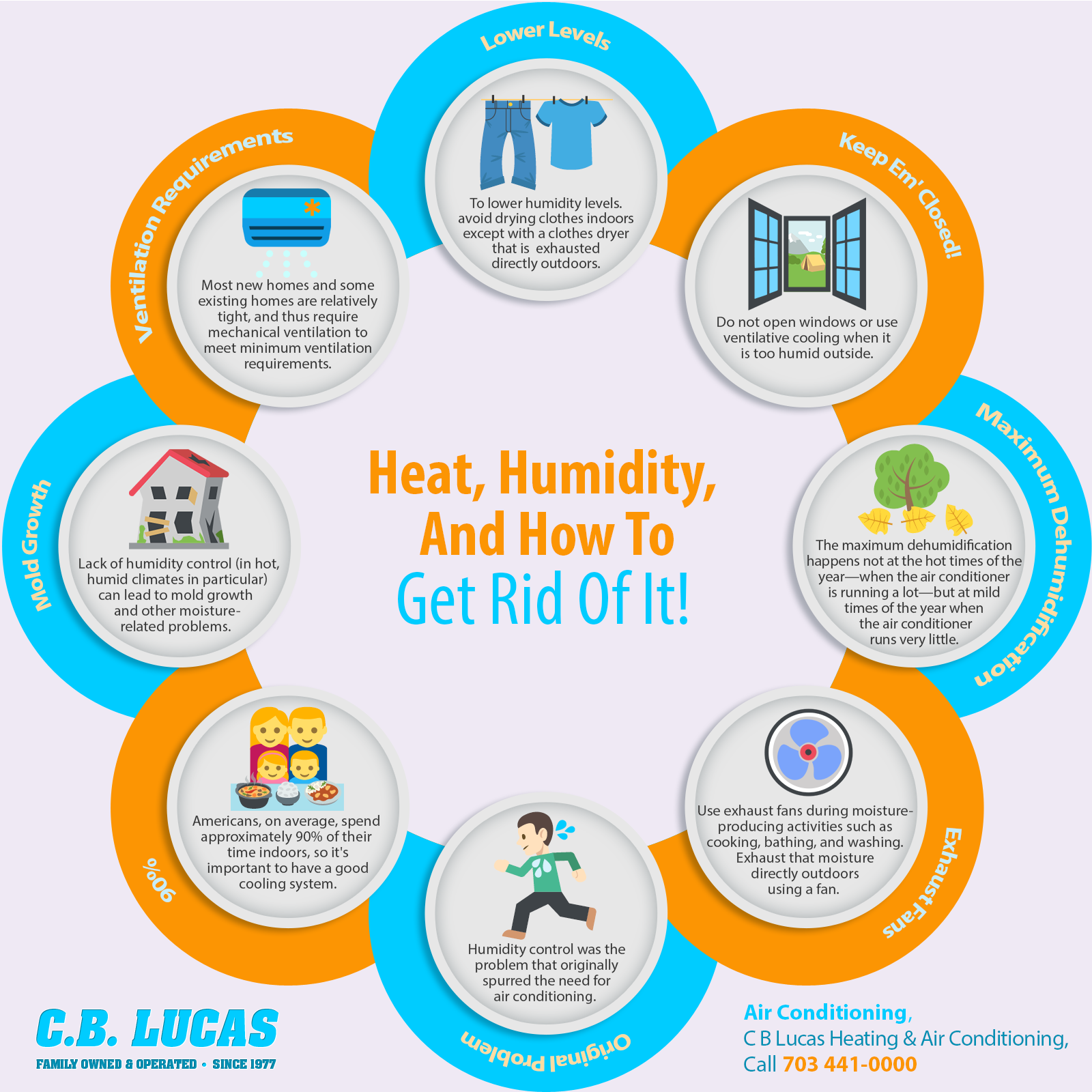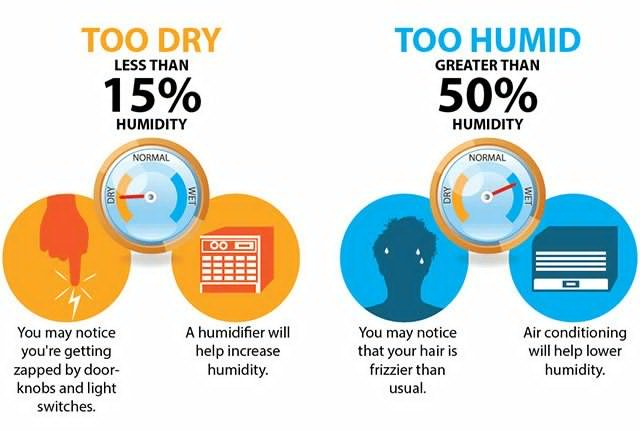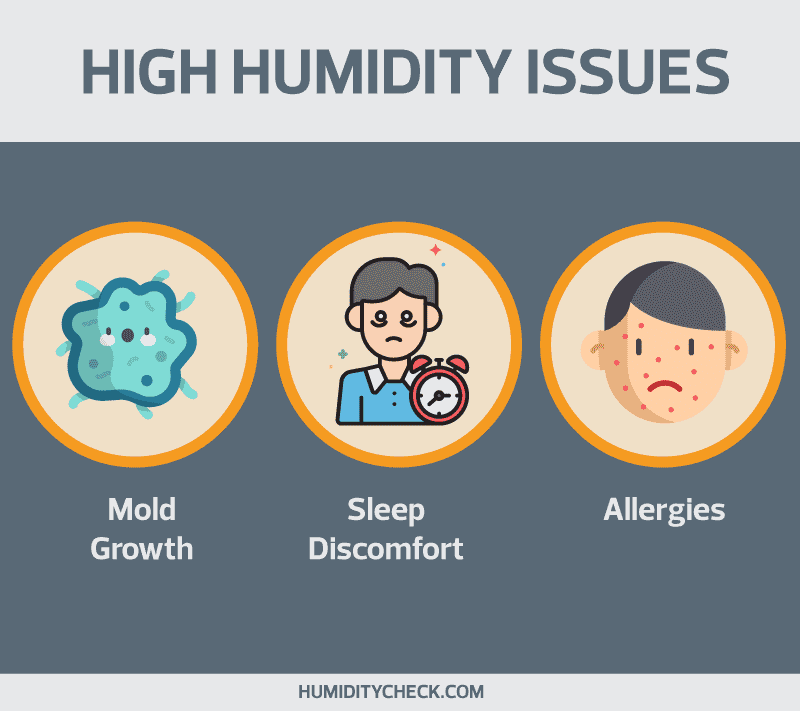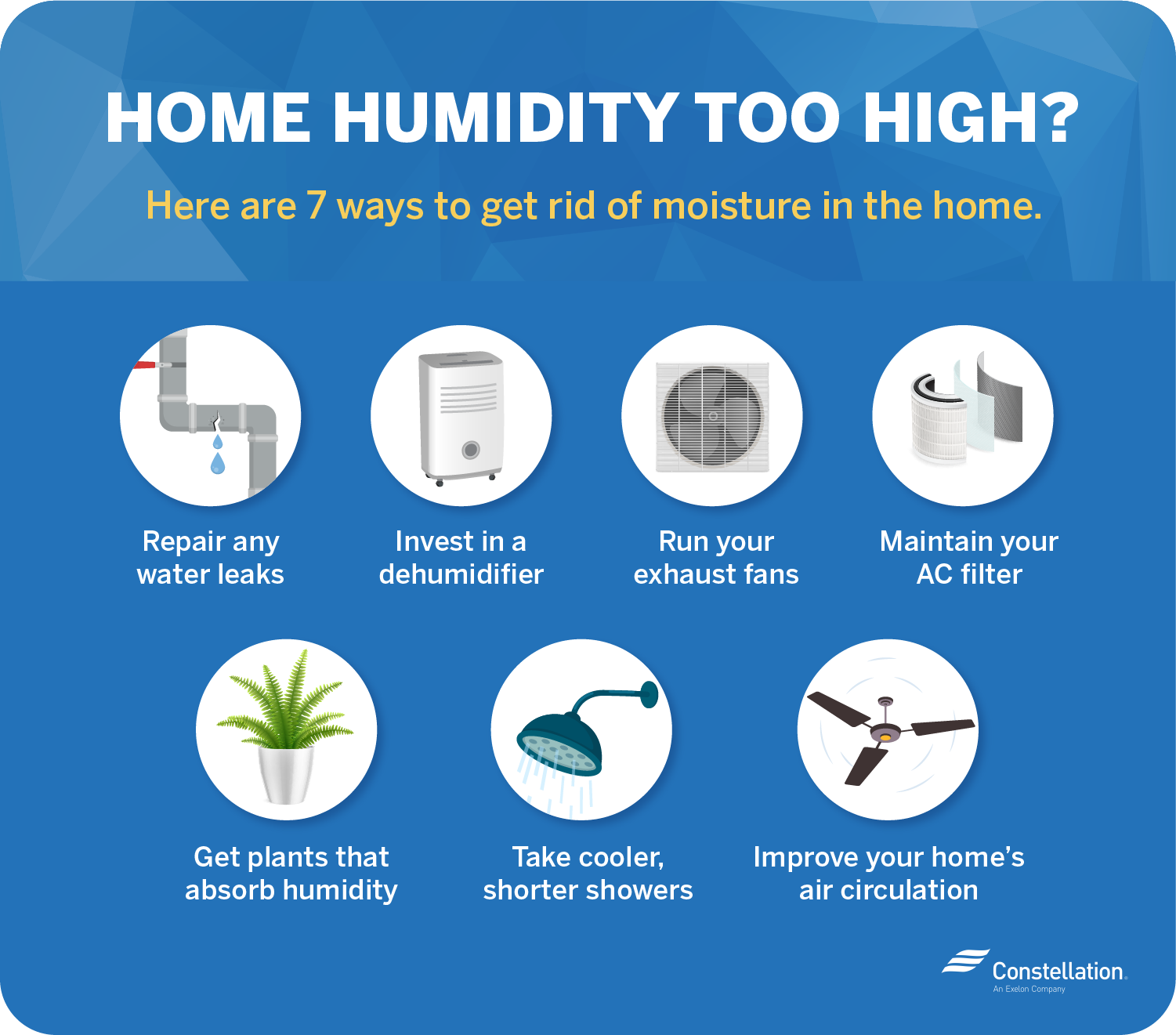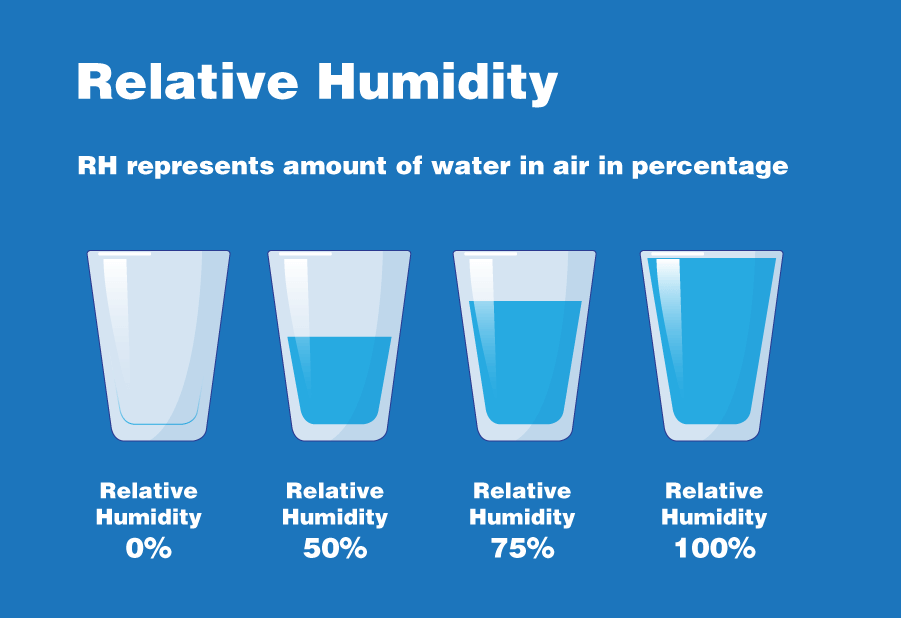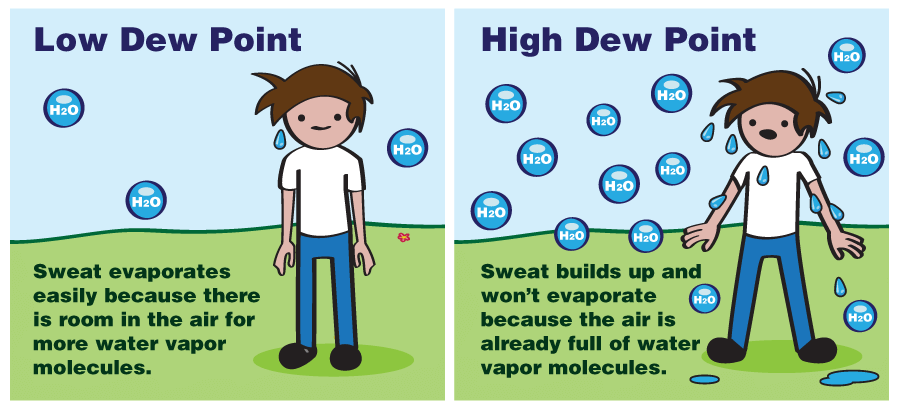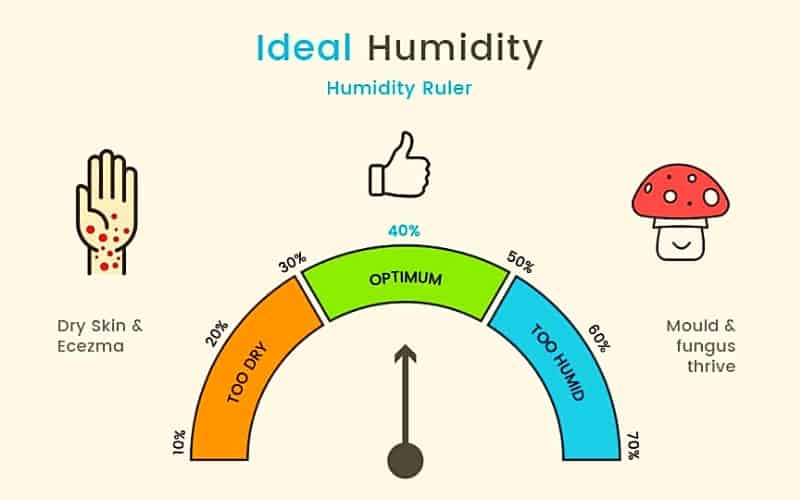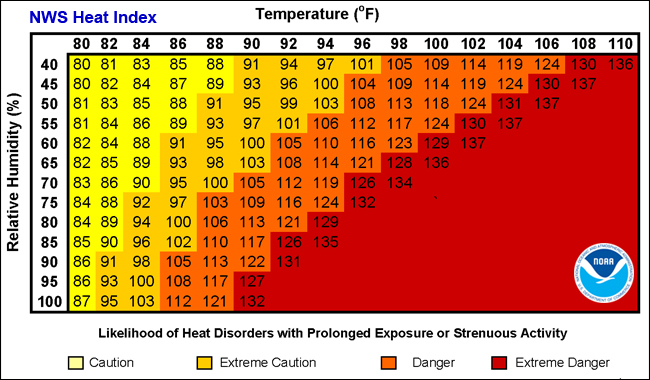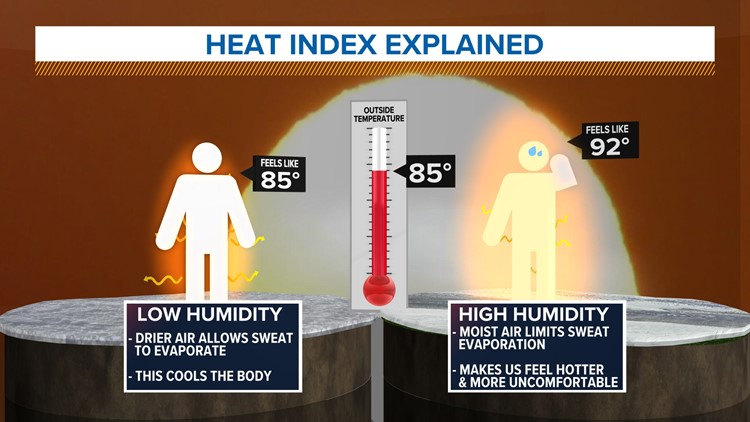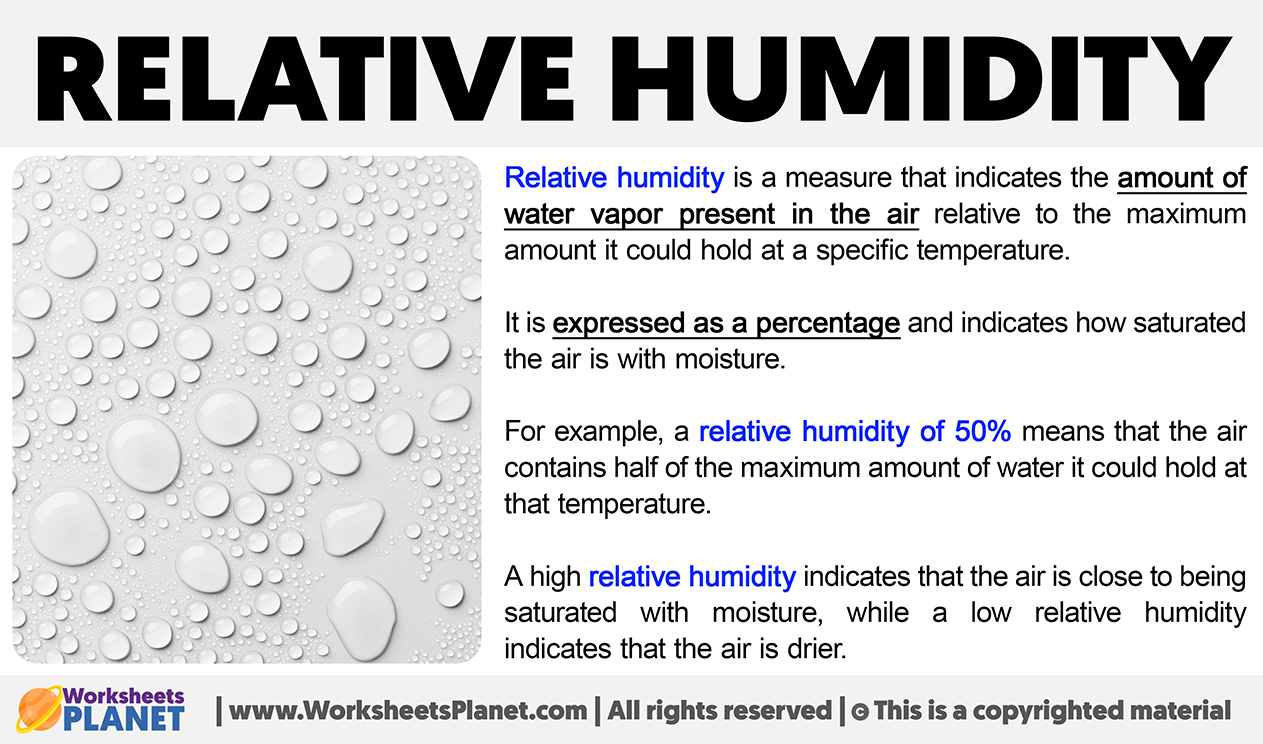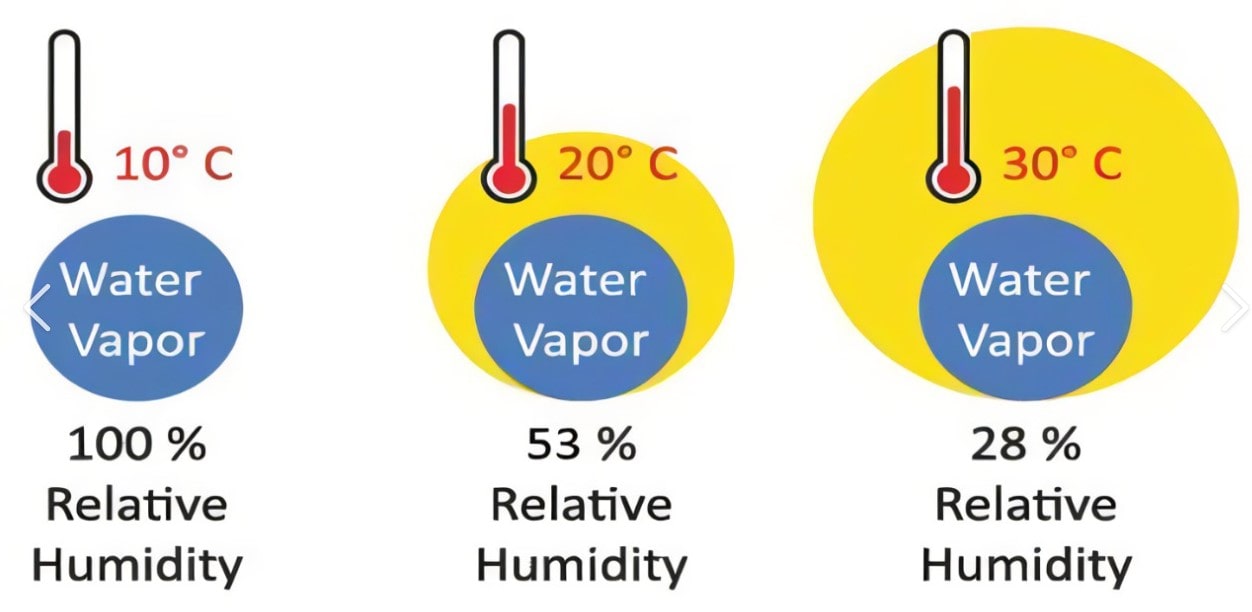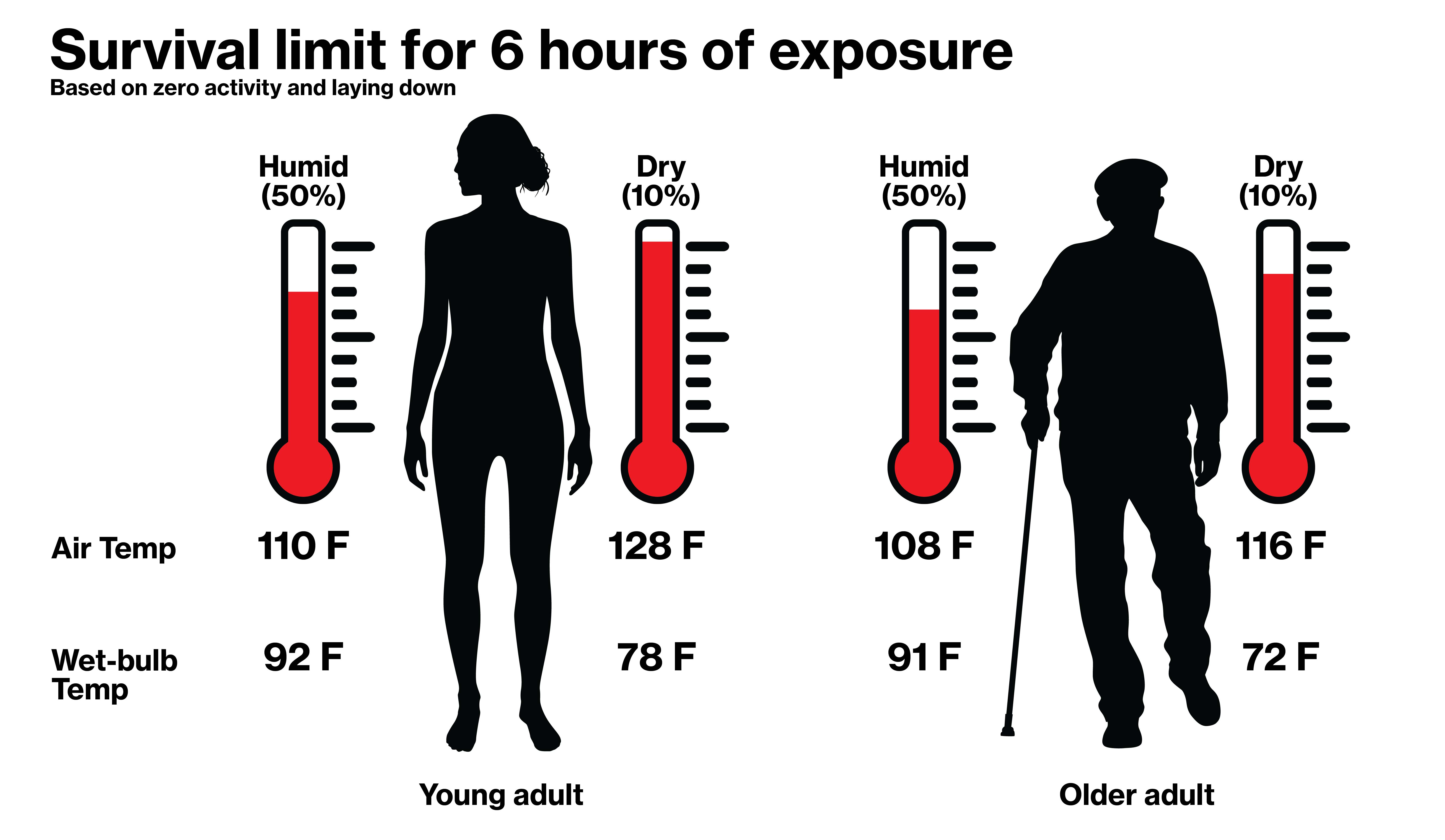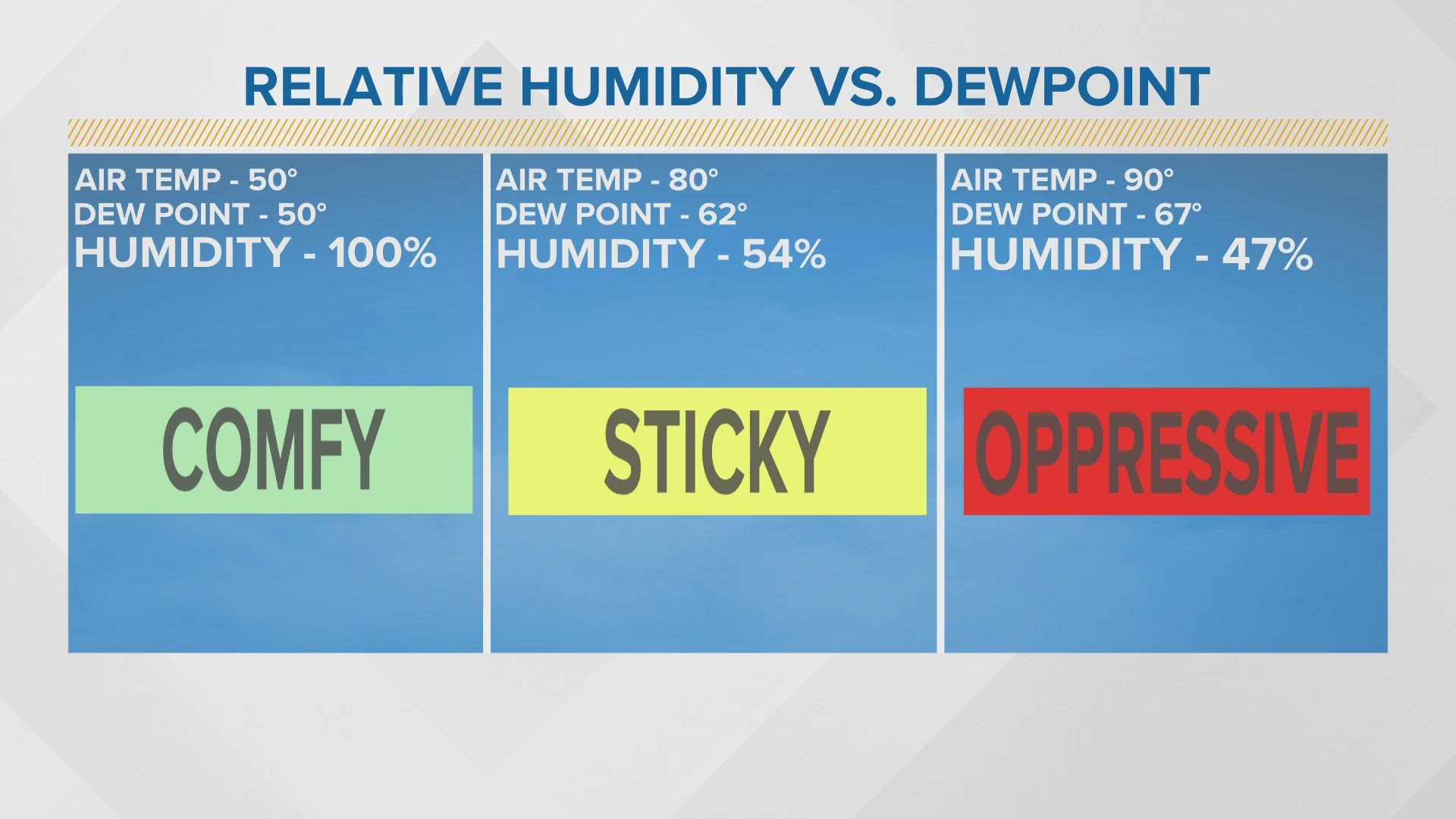High Humidity Reduces The Body's Ability To

Imagine stepping outside on a summer day, the air thick and heavy, clinging to you like a damp blanket. Your shirt is instantly plastered to your skin, and breathing feels like a chore. Even the slightest movement brings on a sheen of sweat. This isn't just uncomfortable; it's your body struggling against high humidity, a battle that can have significant implications for your health and well-being.
While a comfortable level of humidity can be pleasant, high humidity significantly reduces the body's ability to cool itself through evaporation, potentially leading to overheating and a range of heat-related illnesses. This article explores the science behind this phenomenon, its impact on different populations, and practical strategies for staying safe and comfortable during humid conditions.
The Science of Sweat: Evaporation and Cooling
Our bodies are remarkably efficient at maintaining a stable internal temperature, around 98.6 degrees Fahrenheit (37 degrees Celsius). When we get too hot, our bodies activate a primary cooling mechanism: sweating.
Sweat glands release moisture onto the skin's surface. As this moisture evaporates, it absorbs heat from the body, effectively cooling us down.
However, this process relies on the air being able to hold more moisture. High humidity means the air is already saturated with water vapor, hindering evaporation.
Think of it like trying to pour water into a glass that's already full. The water (or sweat) simply overflows, offering little to no cooling benefit. This is why you can sweat profusely in humid weather and still feel intensely hot.
Impact on Different Populations
While everyone is affected by high humidity, certain populations are more vulnerable to its adverse effects. Infants and young children are at higher risk due to their smaller body size and less developed thermoregulation systems.
Older adults also face increased risks as their bodies' ability to regulate temperature declines with age. Chronic medical conditions, such as heart disease, respiratory problems, and obesity, can further exacerbate the impact of high humidity.
Athletes and outdoor workers who engage in strenuous activity in humid conditions are also particularly susceptible to heat-related illnesses like heat exhaustion and heat stroke. Proper hydration and acclimatization are crucial for these individuals.
Heat-Related Illnesses: A Serious Threat
When the body's cooling mechanisms fail, heat-related illnesses can develop, ranging in severity from mild heat cramps to life-threatening heat stroke.
Heat cramps are muscle spasms, usually in the legs or abdomen, caused by dehydration and electrolyte imbalance. Heat exhaustion involves symptoms like heavy sweating, weakness, dizziness, headache, nausea, and vomiting.
Heat stroke is the most severe form of heat illness. It occurs when the body's temperature rises to dangerous levels (above 104 degrees Fahrenheit or 40 degrees Celsius), leading to confusion, seizures, and even coma. Heat stroke requires immediate medical attention.
The Role of the Heat Index
The heat index is a measure that combines air temperature and relative humidity to determine the perceived temperature, or how hot it feels to the human body. It's a valuable tool for understanding the actual risk posed by hot and humid conditions.
For example, an air temperature of 90 degrees Fahrenheit with 70% relative humidity can produce a heat index of over 105 degrees Fahrenheit, significantly increasing the risk of heat-related illnesses.
Weather forecasts often include the heat index to help people make informed decisions about outdoor activities and take necessary precautions.
Staying Safe in Humid Weather: Practical Strategies
Fortunately, there are several effective strategies for minimizing the impact of high humidity and staying safe during hot weather. Hydration is key.
Drink plenty of water throughout the day, even if you don't feel thirsty. Avoid sugary drinks and excessive caffeine or alcohol, as they can contribute to dehydration.
Wear loose-fitting, lightweight, and light-colored clothing to allow for better airflow and evaporation. Dark colors absorb more heat, increasing your body temperature.
Minimize strenuous activities during the hottest parts of the day, typically between 10 a.m. and 4 p.m. If you must be active outdoors, take frequent breaks in the shade or in air-conditioned environments.
Seek out air-conditioned environments whenever possible. Even a few hours in an air-conditioned space can provide significant relief and allow your body to recover.
Take cool showers or baths to lower your body temperature. Applying cool, wet cloths to your skin can also provide temporary relief.
Be aware of the symptoms of heat-related illnesses and seek medical attention promptly if you or someone you know experiences them.
Check on vulnerable individuals, such as infants, young children, older adults, and people with chronic medical conditions, to ensure they are staying cool and hydrated.
Long-Term Solutions: Addressing Climate Change
While individual strategies are crucial, addressing the underlying causes of increasingly frequent and intense heat waves is equally important. Climate change is exacerbating the problem of high humidity, leading to more extreme weather events.
Reducing greenhouse gas emissions through sustainable energy practices and responsible consumption is essential for mitigating the long-term effects of climate change and protecting public health.
Investing in infrastructure that can withstand extreme weather events, such as improved cooling centers and early warning systems, is also necessary for building resilience in the face of climate change.
Conclusion: Adapting and Thriving
High humidity presents a significant challenge to our bodies' natural cooling mechanisms, increasing the risk of heat-related illnesses. However, by understanding the science behind this phenomenon and adopting practical strategies for staying safe, we can minimize its impact and protect our health.
From staying hydrated and wearing appropriate clothing to seeking out air-conditioned environments and being mindful of vulnerable populations, there are numerous ways to adapt to humid conditions and thrive even during the hottest days.
Ultimately, addressing climate change is crucial for mitigating the long-term effects of extreme heat and humidity, ensuring a healthier and more sustainable future for all. By combining individual responsibility with collective action, we can navigate the challenges of a changing climate and build a more resilient world.

